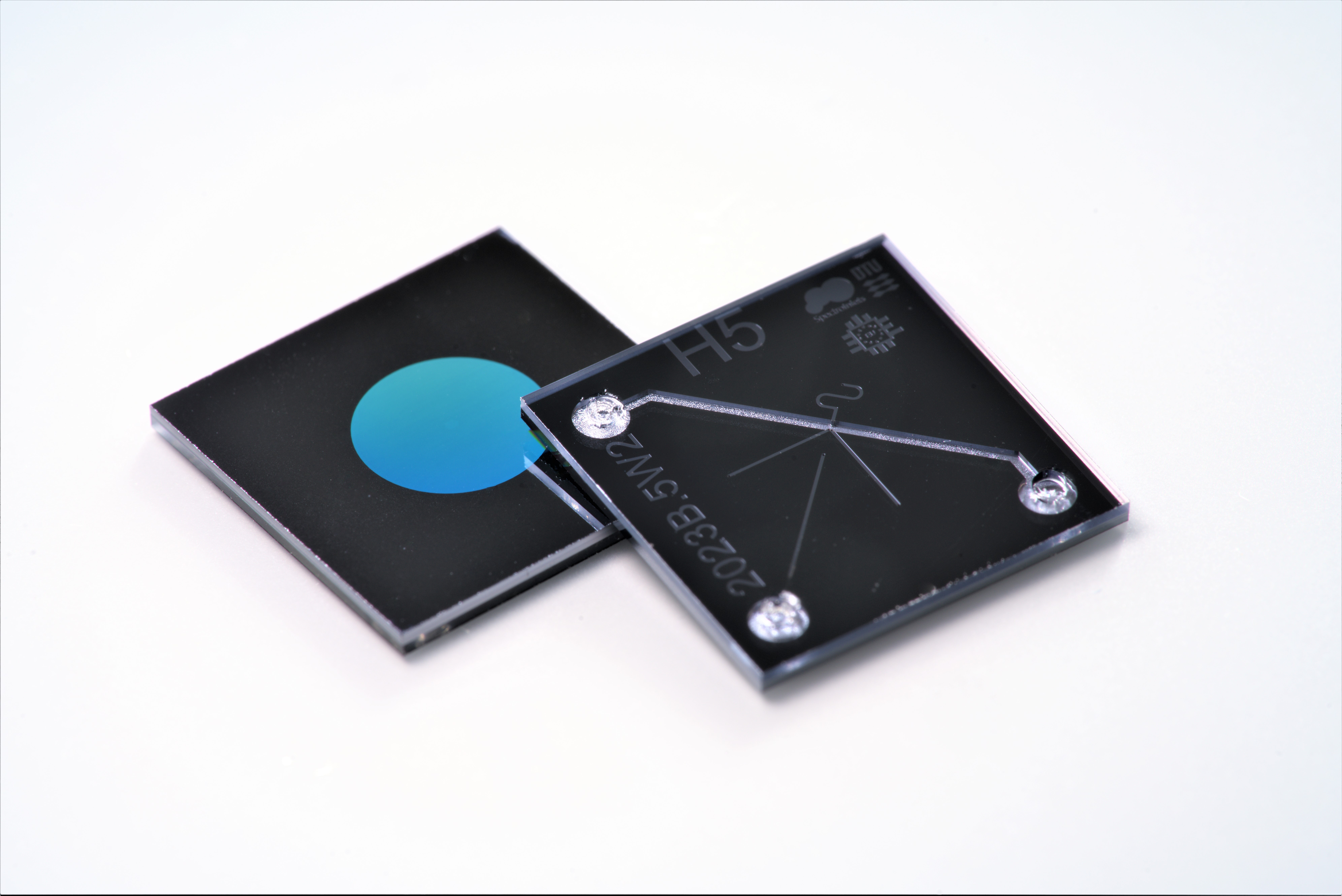In the revolutionary sphere of mass spectrometry (MS), operating within a vacuum is inherent, given that the separation of ionized molecules necessitates medium or high vacuum conditions. Unlike typical high vacuum devices, however, an MS cannot be hermetically sealed, as it must facilitate the analysis of external gas samples. And so, in this cosmic tango, emerges the avant-garde solution—a membrane inlet microcapillary outlet system, a bridge between the ethereal world of vacuum and the tangible realm of gas analysis.
Gas analysis, a linchpin in electrochemical studies, power-to-X processes, and Li-Ion battery material development and many more, serves as a discerning eye. It enables researchers to monitor gases in electrochemical reactions, ensuring process effectiveness and gas purity, unveils degradation mechanisms, enhances longevity, and evaluates electrolyte stability. Also, in industrial monitoring applications, including biogas production and wastewater treatment Gas analysis emerges as a crucial tool in the evolving landscape of energy technologies.
The Silicon microchip, poised for substantial commercial contributions, enables online monitoring of dissolved gases in bulk liquid, transferring volatile molecules to the mass spectrometer meticulously.
With notable enhancements, the monolithic silicon microchip inlet not only facilitates online measurements but does so seamlessly in harsh liquid environments and at elevated pressures, providing both qualitative and quantitative insights. The adaptability of this new microchip inlet allows for immediate deployment in ongoing pilot projects, underscoring its practical and versatile utility.
The ingenuity of the interface technicality — a Monolithic Silicon nanopore membrane with a microcapillary outlet.

Now, let us take a voyage into the forge of the Silicon (Si) microchip, where the artistry of micro and nanofabrication unfolds.
- Among a series of technical applications, this systematic process involves thin film deposition, deep UV lithography, and reactive ion etching using double-polished 150 mm wafers. A precise multiphase directional plasma etching, utilizing SF6/C4F8/Ar gas mixture and employing a DREM (Deposit, Remove and Etch) strategy, yielded a monolithic silicon perforated nanopore membrane. Wrapping this up its complex technicality is the application of an isotropic etch process at low pressure created buried cavities beneath the etched holes, and a 50 nm thick atomic layer deposited (ALD) alumina (Al2O3) hard mask with high etch selectivity for Silicon was applied.
- The resulting microchannels, featuring various dimensions, were anistropically etched and subsequently bonded to a glass wafer through anodic bonding. The Si microchip, thus developed, provides precise and robust analytical capabilities. This innovation serves as an accessible alternative for the online measurement of volatile organic compounds (VOC) and semi-volatile organic compounds (SVOC) contaminants in dynamic chemical systems.
With custom-coded design, the Si microchip unfurls its prowess in laboratory epics and field deployment sagas, a storyteller of online quantification, an oracle of real-time analytical marvels, ensuring enduring vigilance in the liquid realms.
The invention and modification of the monolithic silicon micro-chip brings high hopes and we are confident that with this, the future of Gas analysis is bright!
Sincerely,
Spectro Inlets
